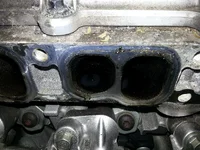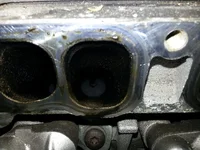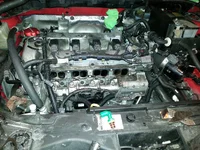I think the OP is talking about dirty gummed up intake valves. It's something that's inevitable with DI. As long as emissions systems like the PCV / EGR keep dumping crap back down the intake, it's going to happen.
On older port injected systems, the injectors sprayed fuel in the intake ports, which sprayed the fuel over the intake valves which constantly cleaned your valves. Move the injectors into the combustion chamber, and now you've lost that cleaning action.
Like CC58 mentioned, spraying water / meth over the valves can help clean them, but unless you're doing it all the time I doubt it's going to do much.
The only effective way to really get your valves clean again is to pull the intake manifold and use a strong chemicals, picks, brushes, and a media blaster to clean them.
Now the question becomes, at what mileage would Skyactiv motors benefit from a valve cleaning? 30k, 60k, 90k? Has anyone with significant mileage ever pulled their intake manifold to see how bad they've gotten.
Attached some delicious looking pics from another DI Mazda with about 100k on it at the time.



